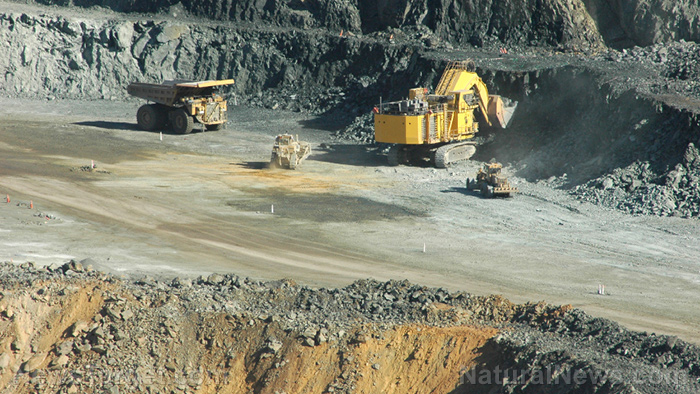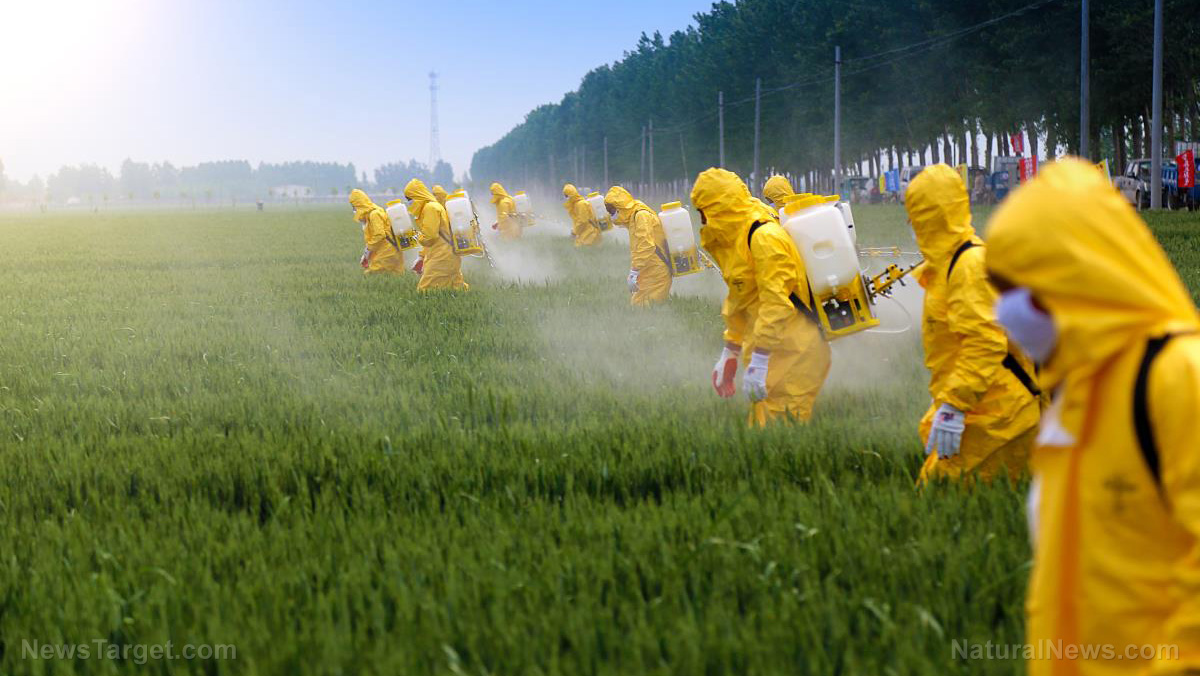The EPA has a new tool for dealing with and preventing mining disasters: robots
02/13/2018 / By David Williams

If you thought oil spills were bad, you should know the mine spills aren’t any better, as far as containment and cleanup are concerned. It has pretty much the same exact set of problems as oil spills, only they occur first on land, then only later spread to rivers and other bodies of water. While conventional methods exist to handle these types of disasters, the U.S. Environmental Protection Agency (EPA) is said to be planning on using an entirely new set of tools for the job.
According to a report from the Associated Press, the EPA is looking into using robots along with other “sophisticated technology” in order to not only clean up mine spills once they happen but also prevent any “blowouts” from even happening in the first place. It’s recognized as a monumental task, which first requires the agency to find out what’s hidden inside the mines first, some of which are said to date back to the Colorado gold rush of the 1860s.
Back in 2015, the EPA accidentally triggered the release of 3 million gallons (11 million liters) of toxic water from the inactive Gold King Mine that inadvertently contaminated rivers in three different states. The water was filled with lead, arsenic, and other kinds of contaminants, and obviously took loads of effort to clean up. Now, to avoid any such accidents in the future, as well as to handle the toxic waters that are present today, the agency wants to use custom-made robots that will do all of the dirty work for them.
According to Rebecca Thomas, the project manager for the agency’s newly created Gold King Superfund site, otherwise referred to as the Bonita Peak Mining District, robots would help greatly in investigating the insides of mines, which can sometimes be as deep as a few thousand feet into the mountains. It is said that the EPA just needs a clear idea of what lies inside the mines at this point, and robots are just the right tool to gather information relating to that.
“You can send a robot into an area that doesn’t have good air quality,” said Thomas. “You can send a robot into an area that doesn’t have much space.”
While the idea might seem like a no-brainer, it’s quite difficult to pull off in the real world. For one thing, it can be hard to design a robot that can successfully handle the terrain found in typical mining locations, as those tend to be hard even for humans to traverse.
Secondly, there are no known ways to easily operate robots through remote control while deep inside a mine, as the radio signals just can’t reach very far with all of the things standing in the way. Of course, it’s always possible to use signal-relay devices by planting them along the way and letting the robot stay within communication distance with it. And another option exists in autonomous robots that could potentially manage to find their own way.
According to Hao Zhang, an assistant professor of computer science at the Colorado School of Mines, there could be a battery-powered robot that measures about 5 feet (1.5 meters) long that uses either wheels or tracks to get around in order to go through collapsing, rubble-strewn tunnels. Unless it’s custom-made, it could just end up being a commercial robot that they would have to modify for use, and might cost up to $90,000 in addition to taking up to four years to develop, said Zhang.
For now, the agency is still in the planning stages, especially since their last attempt at working on a mine resulted in a major disaster. Thomas herself promised just as much, saying, “We’re certainly not going to be in the position of making things worse. So when I say we want to take risks, we do, but we want to take calculated, educated risks and not worsen water quality.”
Find out more about the negative effects of toxic water on HeavyMetals.news.
Sources include:
Tagged Under: arsenic, automation, clean water, decontamination, EPA, future tech, mine spills, mining, robot cleanup, robots, superfund sites, toxic spills
















